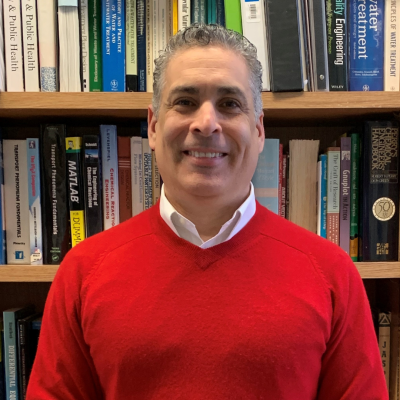Determining the solids mass flow rate (Ws) in a gas−solids riser often entails closing a one-dimensional, two-fluid model by relating the total wall friction (Fw) and the drag coefficient (Cd) to riser conditions. However, this requires relating these two parameters to several riser variables making it difficult to apply these relations generally. In this work, closure is obtained using a model for the conservation of linear momentum in the acceleration (entrance region) of a riser. The model relates the total forces imposed on the control volume to the change in linear momentum of the solids. Additional expressions are obtained from the model which provide a means for defining the boundary condition at the entrance to the control volume. The resulting model provides a means of determining the solids mass flow rate (Ws) from three readily measured and physically relevant riser operating parameters: the dynamic pressure drop across the acceleration section (ΔPa), the normalized dynamic pressure gradient at the end of the acceleration section (Pa′(1)), and the superficial gas velocity (U) in a riser. The agreement between measured and model values ranges from very good to excellent with the average absolute deviation being <5% of the measured values.

Dr. Paccione is an assistant professor in the Department of Environmental Health Sciences with a joint appointment in the Department of Environmental and Sustainable Engineering. His current primary appointment is as a Senior Engineer, in the Bureau of Water Supply Protection, at the New York State Department of Health (NYSDOH). His research focuses on the modeling of processes that involve fluid flow including reactor hydraulics, multiphase flow (gas-solids and liquid solids systems), process development, and recreational water engineering.
At UAlbany, his work focuses on the application of engineering to water treatment methods to improve both efficiency and the analysis of treatment processes. He teaches fluid mechanics and portions of a course that explores and relates how water quality affects public health.
Dr. Paccione has five patents awarded and one under review as of (2022). The most recent patent (under review) is focused on a treatment system that can be used for removing and destroying low-concentration contaminants found in water. The system can be scaled over multiple orders of magnitude of flow and is based on established multiphase reaction engineering principles.

